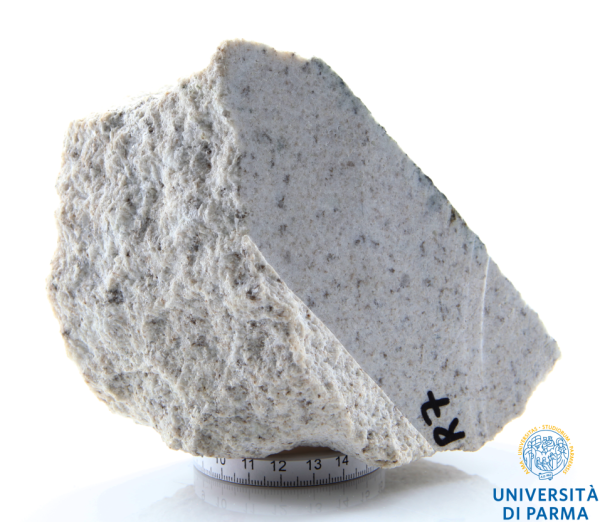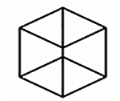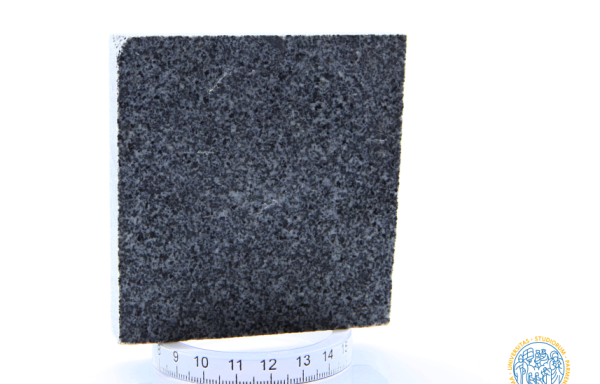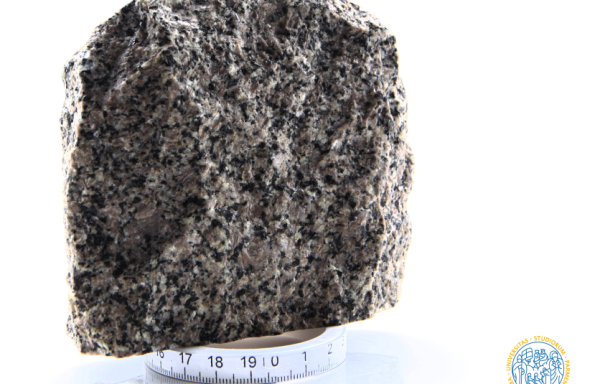Rock
Equigranular, medium-grained rock almost entirely made of milky white (feldspars) or pale grey crystals (quartz), with rare pale green coloured areas. The observation of the thin section reveals that the pale green coloured areas are plagioclase crystals strongly altered to sericite. The sample comes from the Botro ai Marmi intrusion in the Campiglia Marittima area (southern Tuscany; Geol.F.Trips, Vol.7 No.1.2 (2015), DOI 10.3301/GFT.2015.02). This area was affected in the Miocene-Pliocene by crustal extension that produced widespread magmatism (known as Tuscan Magmatic Province; Geol.F.Trips, Vol.9 No.1.1 (2017), DOI 10.3301/GFT.2017.01) and a diffuse hydrothermal activity that is still active (Larderello and M. Amiata geothermal fields, Dini (2003), Per. Min., v. 72). In detail, the magmatic products of this area are: the Botro ai Marmi intrusion (5.7 Ma; see R7 syenogranite); the Campiglia Marittima porphyritic dikes (ca. 4.4 Ma), that crosscut the contact aureole of the Botro ai Marmi intrusion (see R15 marble); the San Vincenzo rhyolites (4.4 Ma; see R8b rhyolite).
Thin section description
The mineralogy of the rock is simple as it contains essentially quartz (Qz), that is relatively clear in the PPL view, and alkali-feldspar (Afs) showing a slight clouding in the PPL view and often twinned in the XPL view. The few areas showing a strong clouding in the PPL view are altered plagioclase (Pl) crystals. The thin, small, colourless crystals in the PPL view that exhibit bright interference colours in the XPL view are muscovite (Mu).
| thin section PPL |
thin section XPL |
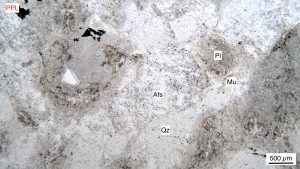 |
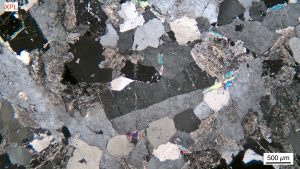 |
Map
PPL
XPL
Info
| Place: | Botro ai Marmi (Livorno) |
| Classification: | syenogranite |
| Specimen n°: | R7 |

